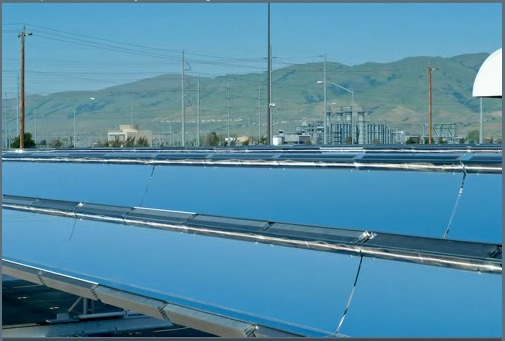DOE Secretary Steven Chu is keeping the jobs/energy ball rolling with an announcement today that the agency has allocated $786.5 million from the American Recovery and Reinvestment Act to accelerate…
Read MoreA new name in PV manufacturing, Skyline Solar, went public today with its business plans and demonstrations of its High Gain Solar arrays technology that it claims will bring the…
Read MoreFirst, I apologize for the length of this post (I’ve saved it for the weekend), but one of biggest “sleeper” stories in science in a long time is the DOE’s…
Read MoreThe Obama administration continues to put money where its mouth is regarding energy innovation. And, they are doing it in a way that should prick up the ears of ceramic,…
Read MoreWith all due respect to Flo Rida, Steven Chu and the DOE are second to none when it comes to making it snow (the green stuff) this year, and he…
Read MoreHey – it’s Video of the Week Day (Wednesday) and Earth Day. What a great excuse for a video festival. The easy thing would have been to go for videos…
Read MoreApropos to the announcement about DOE moving forward with funding for Smart Grid projects, NIST has unveiled a three-step approach for developing standards for such a grid. Although the DOE…
Read MoreThe Obama administration seems to have decided to let others share some of the Department of Energy’s glory and let Vice President Joe Biden and Commerce Secretary Gary Locke make…
Read MoreDOE Secretary Steven Chu announced today that it would target $41.9 million in American Recovery and Reinvestment Act funding for fuel cell development. The money will be doled out to…
Read MoreWe present an interview with Ed Herderick, the 2009-2010 Materials Societies Congressional Fellow and occasional contributor to this blog. ACerS, along with The Minerals, Metals and Materials Society and the…
Read More

